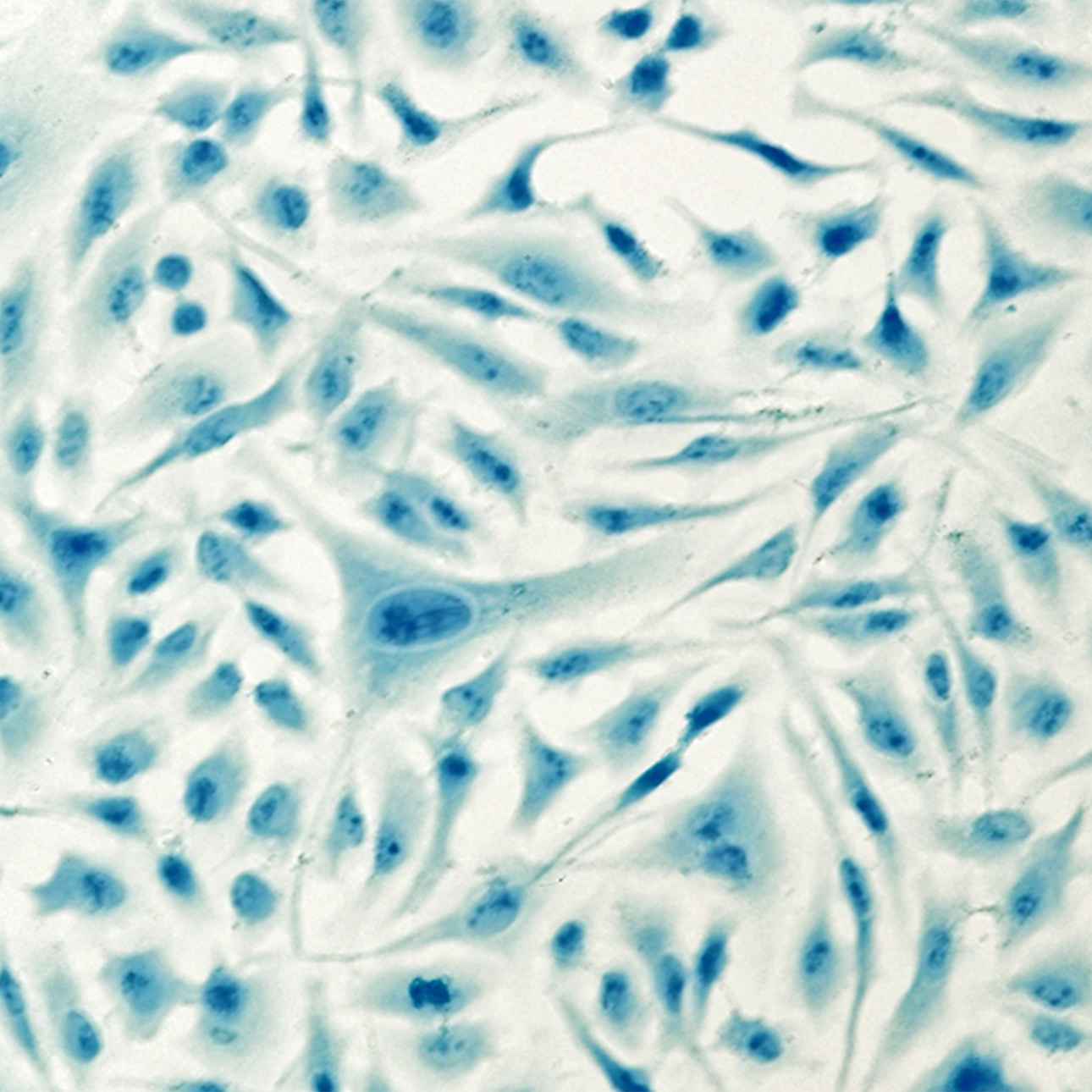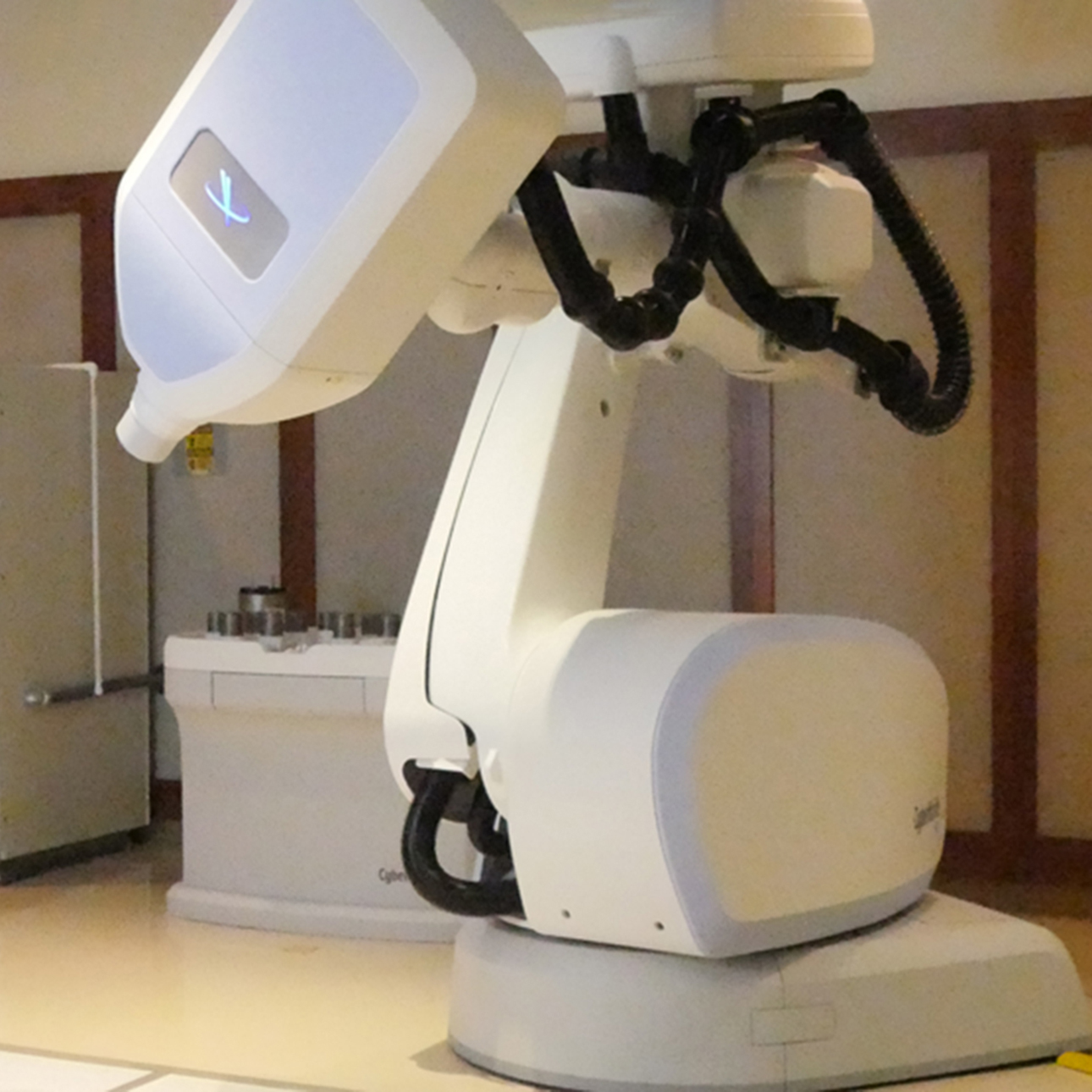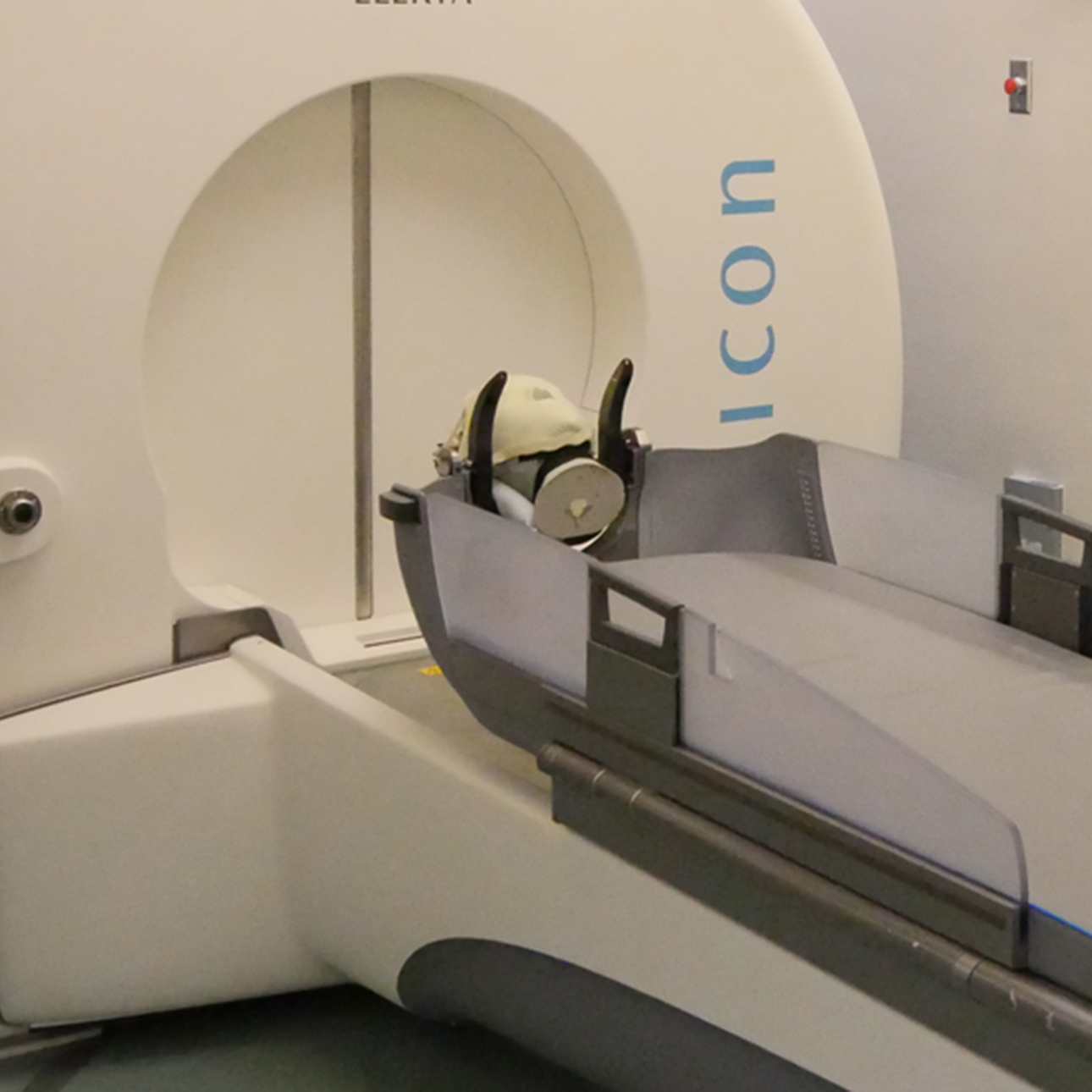
Brain Tumor
Treatments
Treatment for brain tumors depends on a number of factors including the type, location and size of the tumor as well as the patient's age and general health. Treatment methods and schedules differ for children and adults.
Brain tumors are treated with surgery, radiation therapy and chemotherapy. Our doctors also are studying a vaccine for treating a recurrent cancer of the central nervous system that occurs primarily in the brain, known as glioma.
Depending on your needs, several methods may be used. Our team includes neurosurgeons, medical oncologists, radiation oncologists, nurses, a dietitian and a social worker, who work together to provide the best possible care.
Before treatment begins, most patients are given steroids, drugs that relieve swelling or edema. Your may receive anticonvulsant medicine to prevent or control seizures.
If hydrocephalus is present, you may need a shunt to drain cerebrospinal fluid. A shunt is a long, thin tube placed in a ventricle of the brain and then threaded under the skin to another part of the body, usually the abdomen. It works like a drainpipe. Excess fluid is carried away from the brain and is absorbed in the abdomen. In some cases, the fluid is drained into the heart.
Surgery
Surgery is the usual treatment for most brain tumors. To remove a brain tumor, a neurosurgeon makes an opening in the skull. This operation is called a craniotomy. Whenever possible, the surgeon attempts to remove the entire tumor. If the tumor cannot be completely removed without damaging vital brain tissue, your doctor may remove as much of the tumor as possible. Partial removal helps to relieve symptoms by reducing pressure on the brain and reduces the amount of tumor to be treated by radiation therapy or chemotherapy.
Some tumors cannot be removed. In such cases, your doctor may do only a biopsy. A small piece of the tumor is removed so that a pathologist can examine it under a microscope to determine the type of cells it contains. This helps your doctor decide which treatment to use.
Sometimes, a biopsy is done with a needle. Doctors use a special head frame (like a halo) and CT scans or MRI to pinpoint the exact location of the tumor. The surgeon makes a small hole in the skull and then guides a needle to the tumor. Using this technique to do a biopsy or for treatment is called stereotaxis.
Other advanced techniques during surgery include brain mapping to find functional pathways near tumors, endoscopy to perform biopsies and open spinal fluid pathways through a small scope and advanced frameless stereotaxic computer assisted tumor resections. Intraoperative MRI also is available to help maximize tumor removal.
Radiation therapy
Radiation therapy, also called radiotherapy, is the use of high-powered rays to damage cancer cells and stop them from growing. It is often used to destroy tumor tissue that cannot be removed with surgery or to kill cancer cells that may remain after surgery. Radiation therapy also is used when surgery is not possible.
Radiation therapy may be given in two ways. External radiation comes from a large machine. Generally, external radiation treatments are given five days a week for several weeks. The treatment schedule depends on the type and size of the tumor and your age. Giving the total dose of radiation over an extended period helps to protect healthy tissue in the area of the tumor.
External radiation may be directed just to the tumor, the surrounding tissue or the entire brain. Sometimes the radiation is also directed to the spinal cord. When the whole brain is treated, the patient often receives an extra dose of radiation to the area of the tumor. This boost can come from external radiation or from an implant.
Radiation also can come from radioactive material placed directly in the tumor, or implant radiation therapy. Depending on the material used, the implant may be left in the brain for a short time or permanently. Implants lose a little radioactivity each day. The patient stays in the hospital for several days while the radiation is most active.
The Gamma Knife, or stereotactic radiosurgery, is another way to treat brain tumors. The Gamma Knife isn't actually a knife, but a radiation therapy technique that delivers a single, finely focused, high dose of radiation precisely to its target. Treatment is given in just one session. High-energy rays are aimed at the tumor from many angles. In this way, a high dose of radiation reaches the tumor without damaging other brain tissue.
Chemotherapy
Chemotherapy is the use of drugs to kill cancer cells. The doctor may use just one drug or a combination, usually giving the drugs orally or by injection into a blood vessel or muscle. Intrathecal chemotherapy involves injecting the drugs into the cerebrospinal fluid.
Chemotherapy is usually given in cycles. A treatment period is followed by a recovery period, then another treatment period and so on. Patients often don't need to stay in the hospital for treatment and most drugs can be given in the doctor's office or clinic. However, depending on the drugs used, the way they are given and the patient's general health, a short hospital stay may be necessary.
Advances in chemotherapy include direct placement into the tumor cavity using a new technique called convection enhanced delivery.
UCSF Health medical specialists have reviewed this information. It is for educational purposes only and is not intended to replace the advice of your doctor or other health care provider. We encourage you to discuss any questions or concerns you may have with your provider.
Treatments we specialize in
-

Brain Mapping
This is the most common surgical treatment for epilepsy. It involves removing a small area of brain tissue where the seizures originate.
Learn more -

Brachytherapy (HDR & LDR)
Radioactive material is placed inside a tumor or very close to it to treat the tumor and spare healthy tissue.
Learn more -

CyberKnife
Radiosurgery minimizes radiation exposure to healthy tissue surrounding a tumor and offers rapid relief from pain and other symptoms.
Learn more -

Gamma Knife
An advanced radiation procedure used to treat neurological conditions including tumors, epilepsy, trigeminal neuralgia and arteriovenous malformations.
Learn more -

Laser Interstitial Thermal Therapy (LITT)
UCSF was the first Northern California hospital to offer this minimally invasive laser surgery as a treatment for certain brain tumors.
Learn more




















